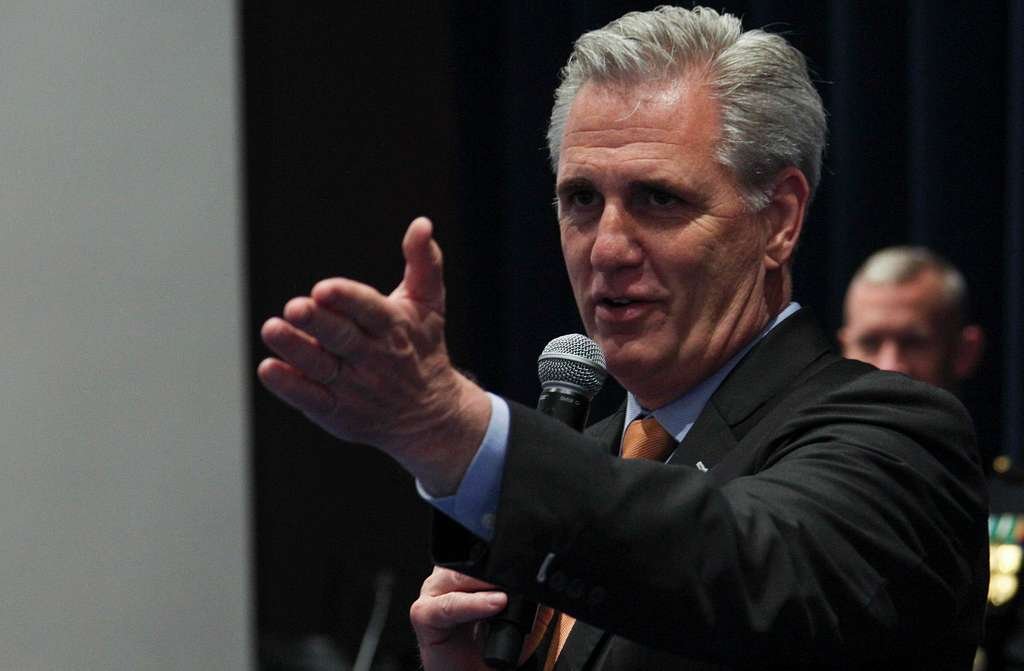ITALY, May 26th, 2023. In the bargaining over raising the debt ceiling, not one member of Congress, the Treasury Department, or the Biden Administration is acknowledging the fact that interest on the national debt can be paid without raising the debt ceiling.
Put in its entirety—the debt ceiling is the limit to which the federal government can borrow money. The interest on the national debt, lack of payment for which Treasury Secretary Janet Yellen has warned will cause “an economic and financial catastrophe,” doesn’t need to be paid for with borrowed money.
According to Treasury Department data, tax revenue is $4.66 trillion, while the annual interest payments on the debt in fiscal year 2022 amounted to $724 billion.
So the money for “America to pay its bills” is there. Why isn’t anyone bringing this up? The debate in Congress, which is coming down to the wire, has nothing to do with whether or not America can pay its bills, but whether it will be permitted to borrow money to pay its bills. The same goes for all the potential solutions, laid out cleanly in various “plans” here; America will be allowed to borrow money to pay its bills or do so by force, or it will make some agreement to be allowed to.
On May 10th, Secretary Yellen said a default “would spark a global downturn that would set us back much further. It would also risk undermining US global economic leadership and raise questions about our ability to defend our national security interests”.
If such risks exist, why can’t the relatively small increase year-over-year from 2022’s interest payments be met with slightly more tax revenue? Are Americans to believe there is not one single program or agency whose work is worth less than the risk of “an economic and financial catastrophe,” and cut be scaled back to prevent it?
While future spending cuts, even massive ones, have been proposed by the Republicans in Congress as a concession from the White House in exchange for a raise in the debt ceiling, no one, not even the Republicans holding the keys, has mentioned that cutting a part of spending now would avoid the so-termed “X-date” and “economic and financial catastrophe”.
Essentially, the determination has been that the federal government cannot pay its bills if it can’t be allowed to borrow money to pay for them, a sentence which on its face would flunk someone out of every economics class.
If you think the stories you’ve just read were worth a few dollars, consider donating here to our modest $500-a-year administration costs.




